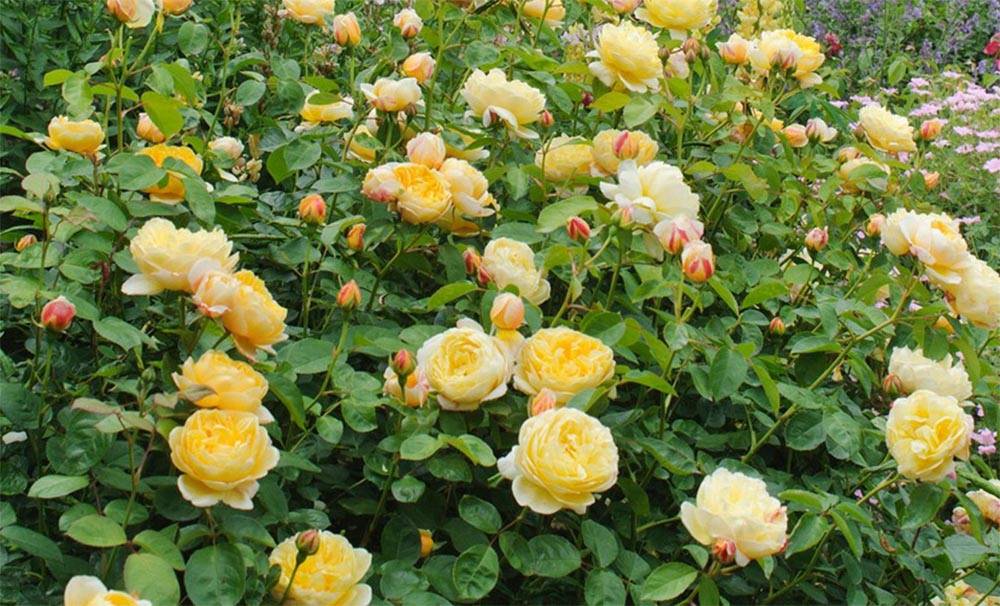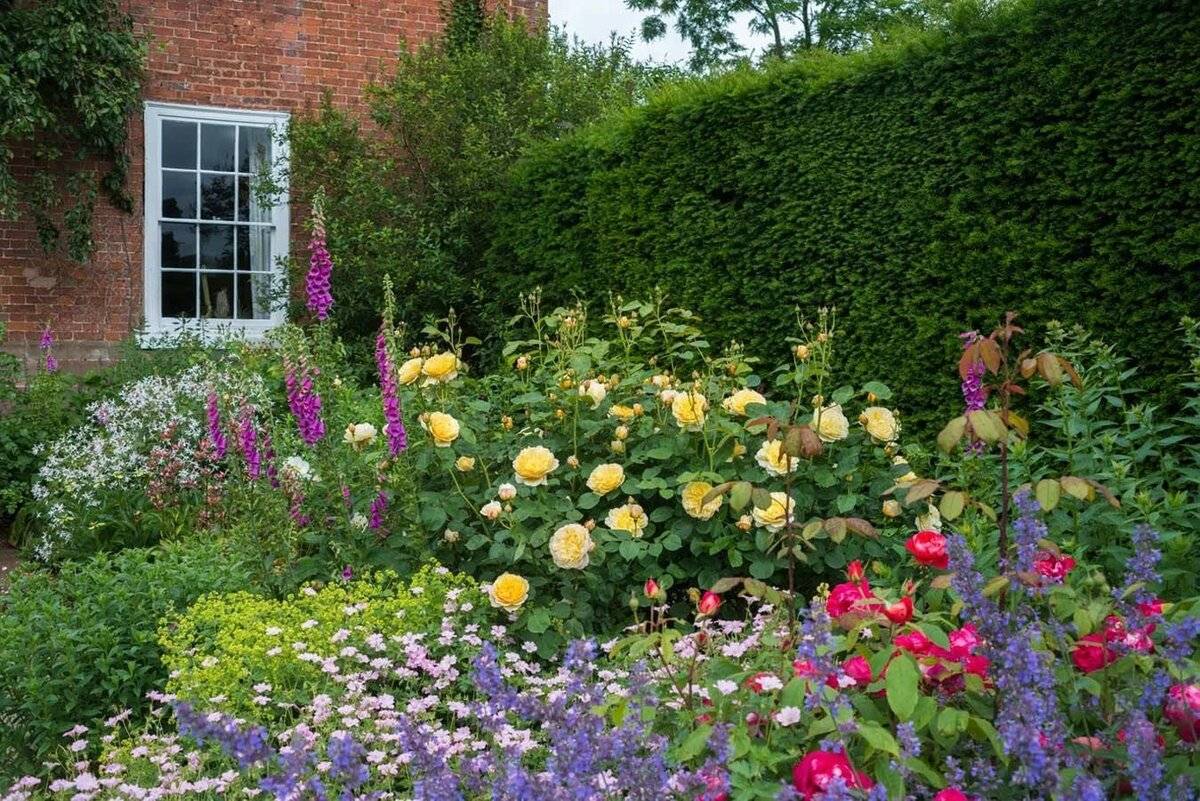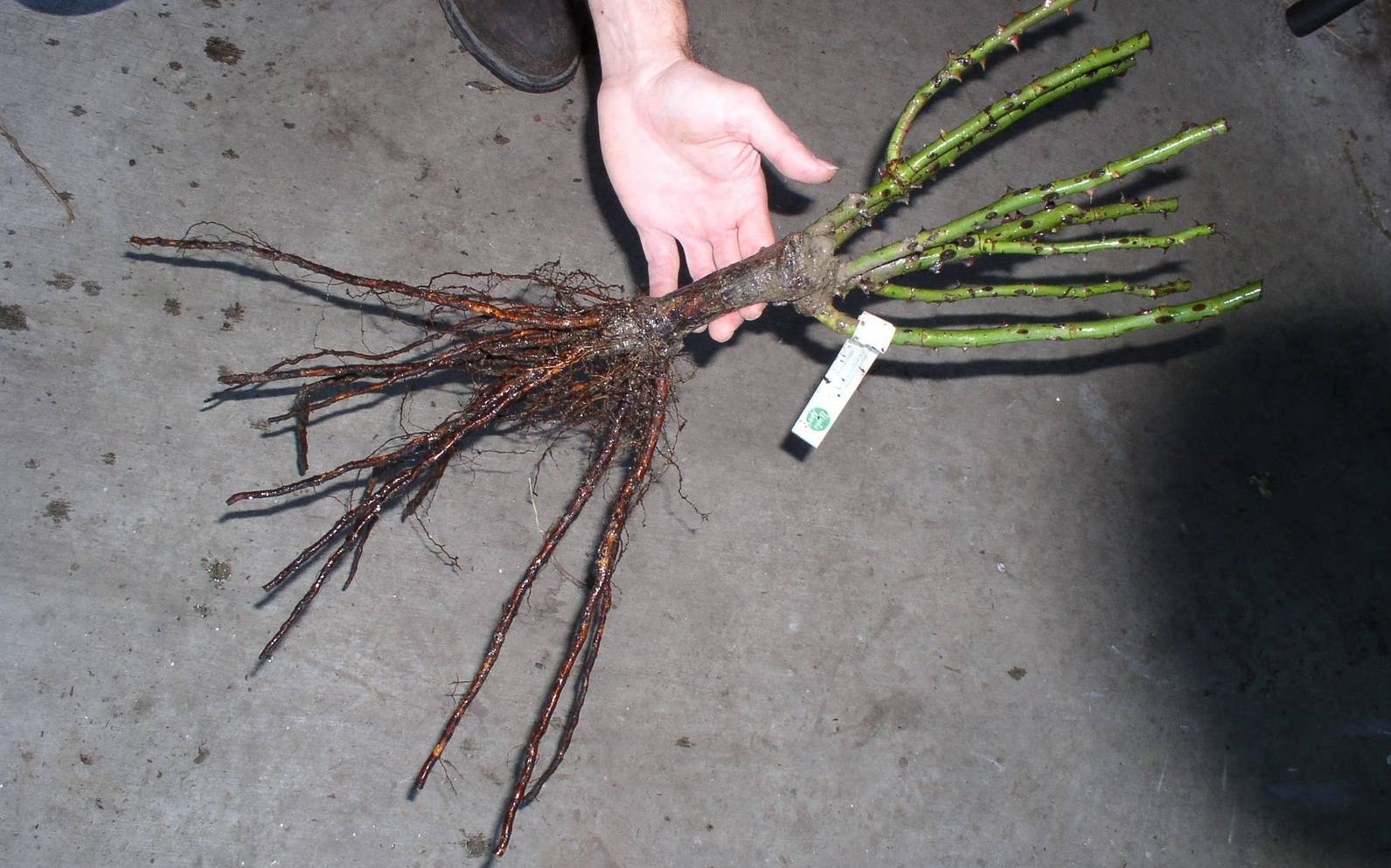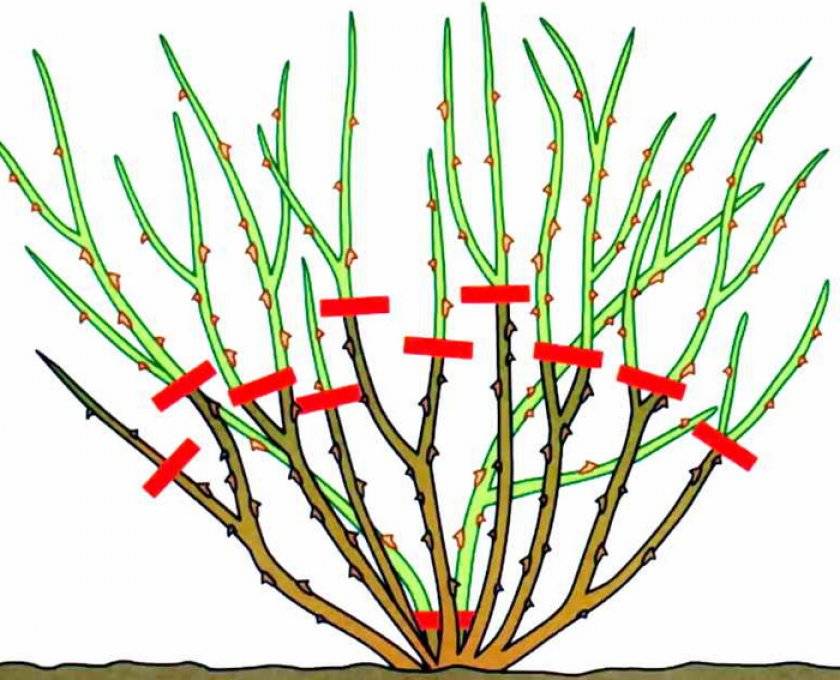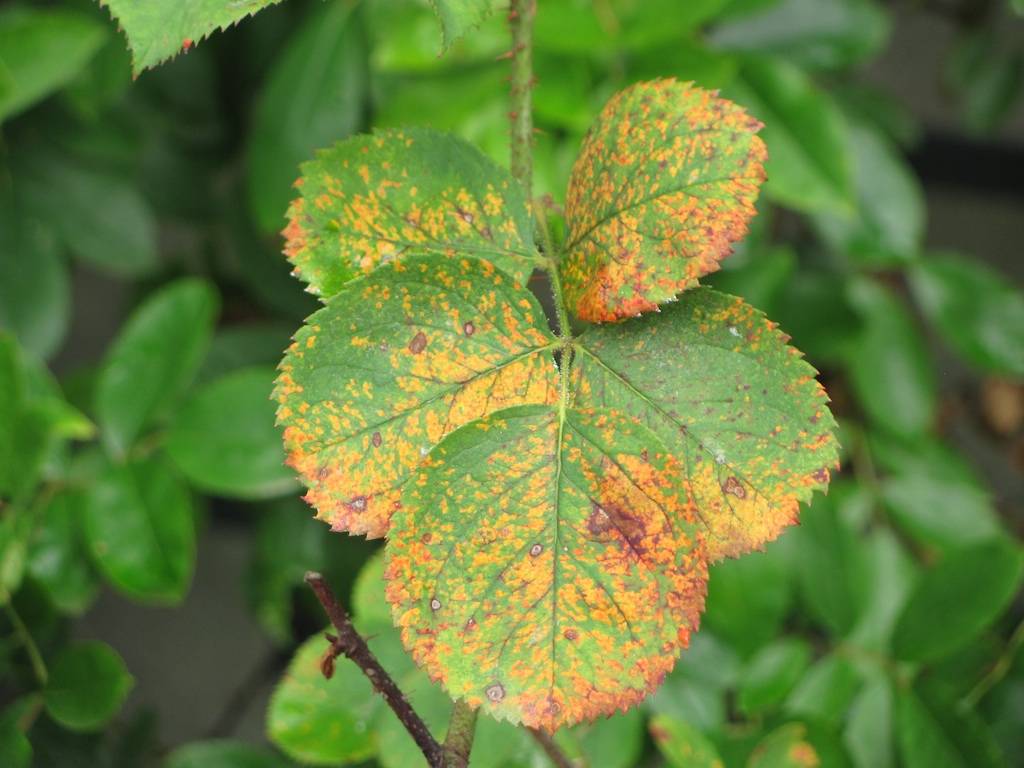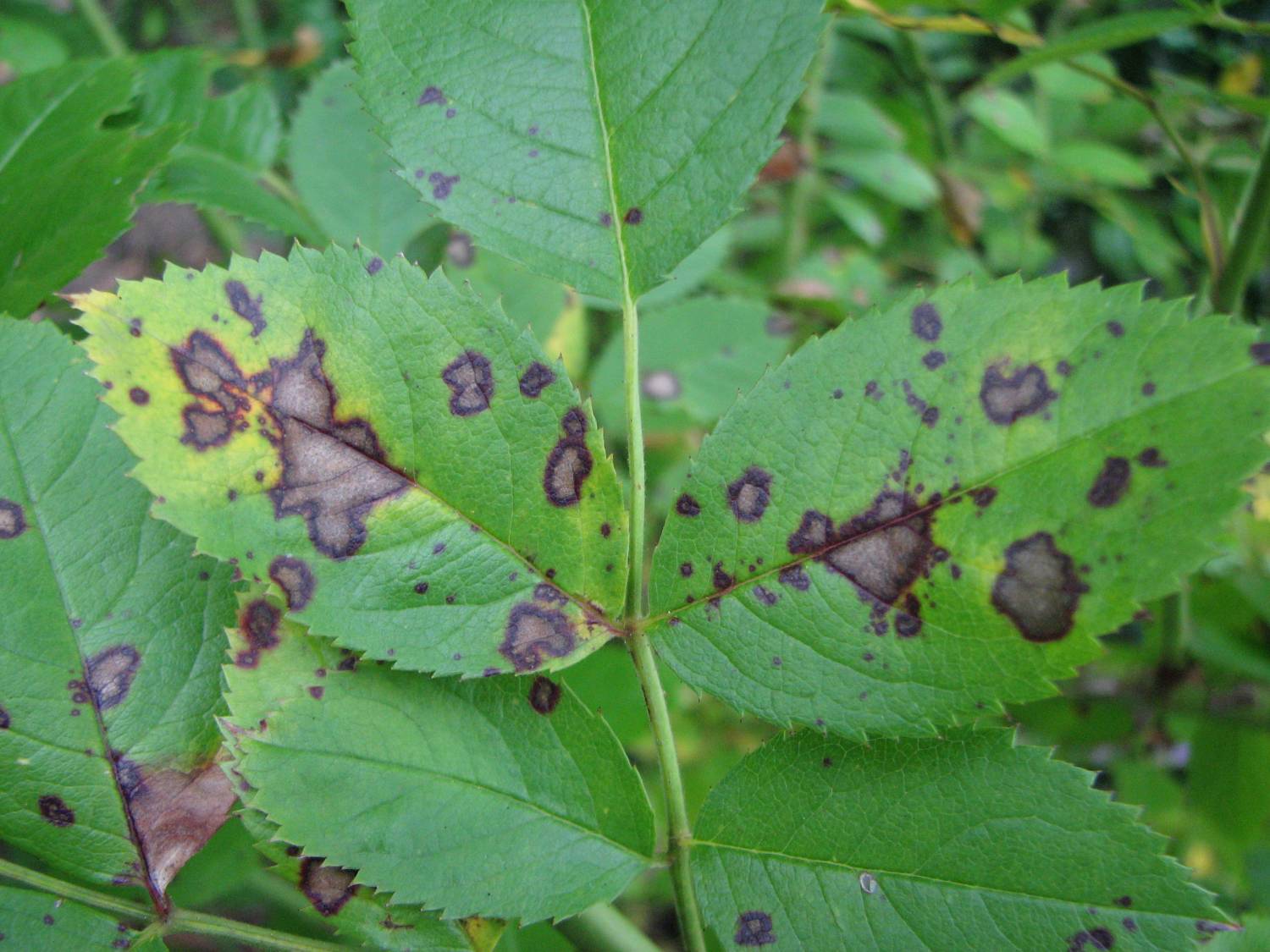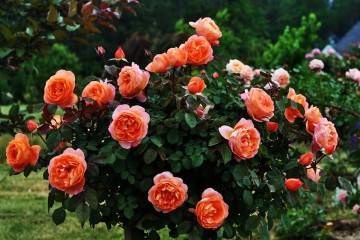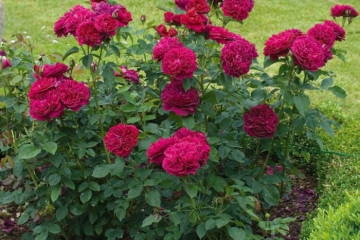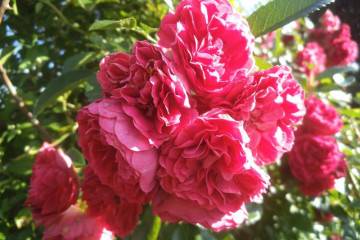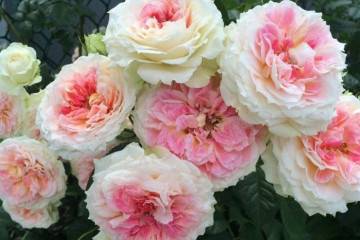Rose Charlotte (Charlotte) - variety description
Content:
Charlotte is a rose that shares many similarities with its ancestor, Graham Thomas. Perhaps the only difference is the formation of flowers of a pale yellow hue, a pronounced cup-shaped shape is characteristic of the buds. The bushes bloom luxuriantly and for a long time, subject to agrotechnical rules.
Rose Charlotte (Charlotte): a brief description and characteristics
The variety was bred by the famous English breeder D. Austin in 1993, and the following year it was presented to the public under the registration name AUSpoly. Charlotte was named after one of the breeder's granddaughters.
The bush is formed of compact size, erect and branched, its height reaches 1.8 m, and its width is up to 1.5 m. The surface of the leaves is glossy, the color is dark green. The bush has a spherical shape.
The diameter of the opened flower reaches 11 cm. The buds can consist of 100 wavy petals. At all stages of its development, the shape of the buds changes. At first, the flower has a pointed-rounded shape, and when it opens, it is hemispherical.
Advantages and disadvantages of the variety
The English rose Charlotte has become widespread due to an extensive list of advantageous features. The variety has excellent indicators of frost resistance, tolerates adverse weather conditions well. During flowering, it exudes a pleasant and moderately rich aroma that attracts insects.
The bush is compact and neat in size. The park plant is highly branched. Delicate lush inflorescences attract the attention of everyone around.
However, despite the large number of advantages, there is also a list of disadvantages. The main ones are:
- the buds fade under the influence of direct sunlight;
- flowers hold their shape for a limited amount of time, petals fall off rather quickly;
- susceptible to the development of black spot and powdery mildew.
Use in landscape design
The plant has such excellent decorative qualities that you can find a place for it in any summer cottage, even if the area is small. The bushes fit well into any design style: country, modern, classic.
Growing a flower: how to plant it in open ground
A high-quality seedling must have at least three healthy shoots, as well as have a developed root system and white roots at the cut. Before planting the bushes, they need to be placed in a growth stimulant solution for a day. This procedure allows each root to absorb moisture and straighten out.
Planting is recommended to be carried out on a previously dug and fertilized area, the soil is abundantly moistened.The optimal dimensions of the pit are 40 × 50 × 60 cm. Next, a soil mixture is prepared, which is sprinkled on the seedling. The soil mixture includes the following components:
- 1 glass of wood ash;
- in a ratio of 1: 1: 1 humus, peat and sand;
- 300 g of a complex mineral fertilizer designed specifically for roses;
- 2 parts of fertile soil.
At the bottom of the pit, a small hill is made of the earth. The planting material is carefully lowered and the roots are straightened, the cavity is covered with prepared soil mixture. Near the seedling, the soil is slightly compacted and abundantly moistened with water. At the end, the periosteal circle must be mulched, this will preserve moisture, prevent the appearance of weeds, and also prevent overheating of the root system.
Plant care
Agricultural technology has no fundamental differences. Care includes regular watering, pruning, organic and mineral fertilization and preventive measures.
The frequency of watering depends on weather and climatic conditions, but the best option is once a week, one bucket for each bush. Water the plant at the base, avoiding contact with leaves and buds.
You also need to carefully loosen the soil after watering and mulch the near-stem circle, since the root system needs a lot of oxygen.
If you do not carry out regular sanitary pruning, the plant will begin to wilt and soon die. The optimal frequency is three times a year.
Blooming rose
During flowering, large, double yellow flowers are formed. The abundant flowering of such bushes cannot leave anyone indifferent. Subject to the rules of agricultural technology, the bushes bloom throughout almost the entire growing season: from late May - early June until the first frost.
If the bushes do not bloom for a long time, then there may be several reasons for this:
- poorly chosen landing site;
- insufficient or, conversely, excessive pruning;
- improper care.
You also need to pay attention to the frequency of watering. This is also a pretty good reason why a plant may stop blooming.
Flower propagation
Rose Charlotte propagates by cuttings. Rooting requires lignified shoots that are in the early flowering phase. From a healthy strong shoot, planting material is cut into 10-12 cm each. They are dug into a previously prepared bed, deepening to half.
To create a greenhouse effect, the cuttings are covered with glass jars or a plastic bag. Seed material overwinters under shelters, and in the third year it is transplanted to a permanent place in open ground.
Diseases, pests and ways to control them
All varieties of the breeder D. Austin have strong immunity, but if the rules of care are not followed or if the weather / climatic conditions are unfavorable, the bushes can still get sick.
Most often, Charlotte bushes are affected by the following diseases:
- rust. Shows the first signs of damage in the spring, when the kidneys are actively forming and opening. The main symptom is the formation of growths of various sizes and shapes. They grow actively in wet weather, covering the bushes with yellow spots;
- anthracnose is accompanied by the appearance of a large number of small black spots. The disease affects only the stems, so it is difficult to identify it in the early stages.
To prevent or cure diseases, various fungicides are used, which are sold in a large assortment in specialized stores.
Rose Charlotte is the embodiment of tenderness and romance. It is possible to grow it not only for experienced flower growers, but also for beginners in this business.
